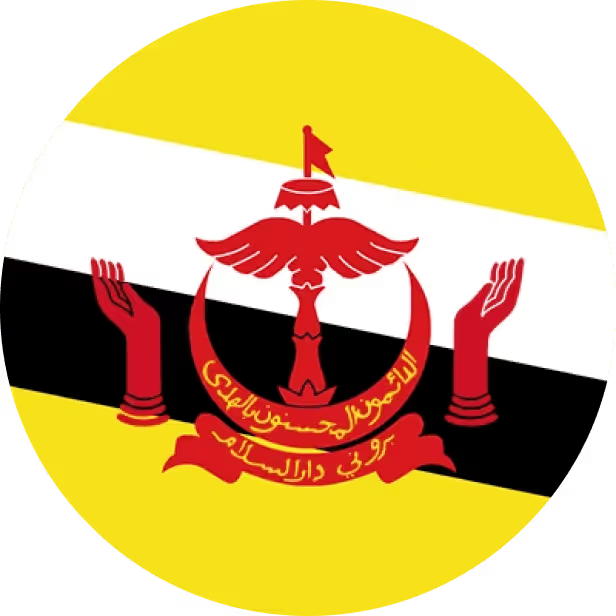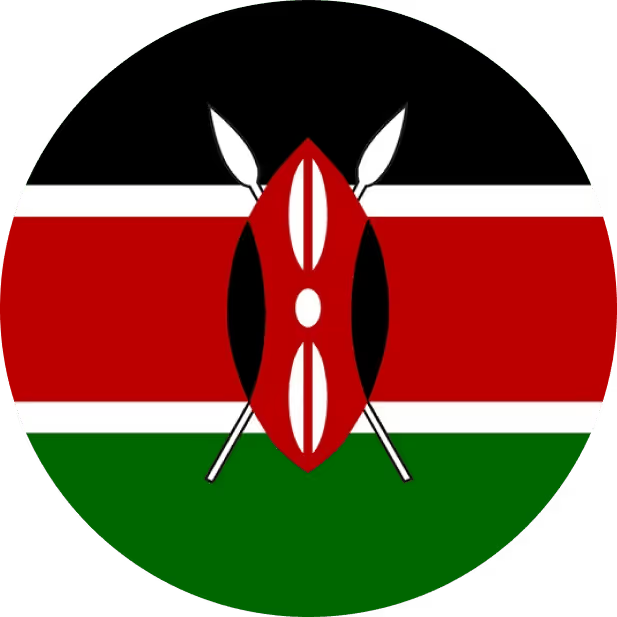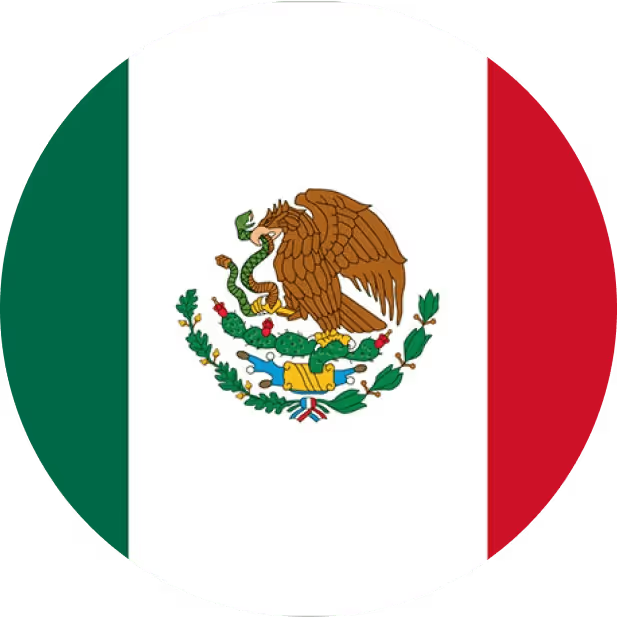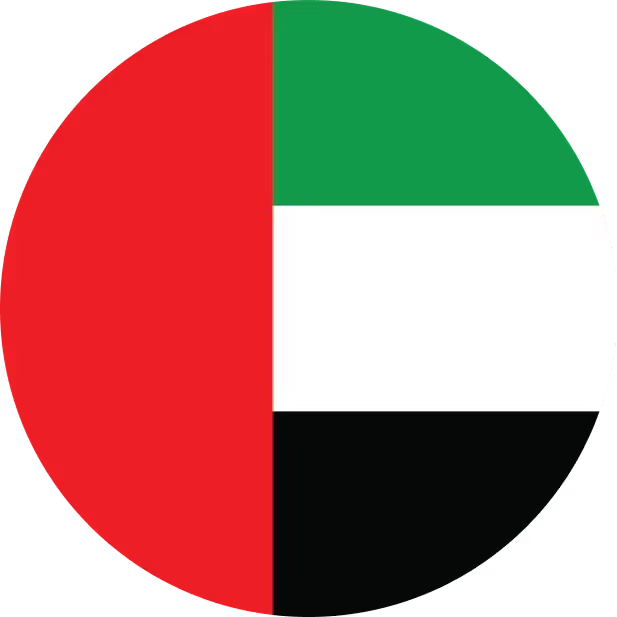The idea of sending all your middle managers packing might sound like a dream for your company’s balance sheet, but let's be honest: who would run the place? Most HR leaders immediately picture organizational chaos, missed deadlines, and a complete communications meltdown. But what if we told you that the managerless organization is an increasingly popular, highly structured, and incredibly effective model?
For every middle manager you might fire, you need to replace their function with an auditable process. This is the tactical blueprint for an autonomous organization, focusing on how HR systems, like peopleHum, make managerless workflows not only possible but also auditable and scalable.
Why do companies rely on middle managers?
Middle managers exist because companies are messy. Big ideas from the top don’t magically turn into action on the ground. Someone has to translate “increase revenue” into actual tasks, make sure teams aren’t slacking, and report back when things go sideways. Middle managers connect the dots, making sure the CEO’s vision doesn’t get lost and the team’s gripes don’t go unheard.
]If you got rid of them, you’d need to rethink how information moves, how accountability works, and whether your company’s structure is lean enough to survive without the middleman. Spoiler: it might be.
What breaks when you remove middle management?
Before glorifying the flat structure, it’s essential to identify the critical functions a manager performs. When that layer is stripped away, the immediate cracks usually appear in three places:
- Communication: Without a dedicated translator, big ideas from the top don't magically become action on the ground. Direction becomes chaotic, or worse, non-existent.
- Accountability: The clear escalation ladder blurs, making it hard to track who owns what decision, which can lead to missed deadlines.
- Conflict resolution: Conflicts that were once mediated by a manager often escalate and become personal, requiring more high-level, time-consuming intervention.
The manager-free organization is a fragile state unless you deliberately build systems to replace these functions.
When things go wrong, who handles escalation?
When things go wrong in a flat organization with managers no longer present to absorb tension and act as the default decision-maker, escalation follows defined alternative paths:
1. Peer councils or rotating committees
This model formalizes shared governance and ensures issues are resolved with a broad perspective:
- Function: These are small, cross-functional teams that step in specifically when an issue surpasses one individual's authority.
- Benefit: The system spreads responsibility, ensuring fairness in the resolution process, and preventing a single individual from being overwhelmed.
2. Temporary decision leaders
This is an agile approach that fluidly assigns authority based on immediate need:
- Function: A designated person becomes the lead for a specific project or crisis based on their expertise in that domain, rather than their position on an org chart.
- Agility: Once the specific issue is resolved, leadership authority reverts to the normal distribution. This is efficient and keeps authority fluid, avoiding permanent hierarchical bottlenecks.
3. Performance & Pay
The crucial HR loop- reviews, career guidance, and compensation must be handled by a transparent, continuous, and crowdsourced system.
- Continuous, peer-driven feedback: Employees solicit and receive feedback from a wide array of peers and stakeholders continuously, aggregating the data into a holistic view.
- Transparent compensation: Pay is decoupled from subjective managerial opinion. Adjustments are driven by quantifiable skill acquisition, market value, and peer-validated contributions.
- Roles are accountability maps: Job descriptions evolve into accountability maps defining deliverables, decision scope, and performance measures. Promotions become horizontal skill growth rather than vertical title jumps.
The role of technology in replacing managers
Technology plays a significant role in replacing the administrative and repetitive functions of middle management, effectively handling the "grunt work" and enabling a flatter organisational structure.. This shift demands strategic investment, comprehensive training, and recognition of technology's limitations.
- Task tracking and workflow: Tools like Trello, Asana, and Jira manage task delegation, project progress, and workflow visualization far more efficiently than human oversight.
- Reporting and analysis: Dashboards and software like Tableau and QuickBooks automate reporting, performance tracking, and budget approvals. AI can analyze this data, flag issues, and suggest next steps faster than any human manager.
- Real-time feedback: Advanced platforms allow employees to log progress, view company goals, and receive real-time feedback and coaching without the delay or bias of a manager's direct intervention.
This technological disruption forces HR to rethink the organizational structure and invest in systems that empower teams to manage themselves. The focus shifts from managing people's actions to managing the flow of data and information. The strategy helps HR to focus on strategy, mentorship, and relationship-building the functions machines cannot replicate.
The risks of ditching middle managers
Ditching all middle managers presents significant risks because they fulfill essential roles in accountability, conflict resolution, and strategic alignment that technology alone cannot fully replace.
- Deadline management: A major risk is the loss of direct oversight, leading to gaps in accountability. Without a dedicated manager, who is consistently making sure deadlines are hit?
- Burnout and slacking: Teams face two extreme outcomes: they could burn out from taking on too much administrative responsibility, or they could slack off because the direct supervisory watch is gone.
- Duplication: Middle managers are the critical link that aligns team-level work with broader company goals. Without them, teams risk chasing their own priorities, leading to duplication of work.
- Conflict escalation: Managers frequently act as the referee in the workplace. Without them, small disagreements are likely to escalate into full-blown drama, requiring more high-level, time-consuming intervention.
- Assumption of self-management: The biggest danger is the flawed assumption that everyone is ready for this. Not every employee is equipped or willing to self-manage, and not every senior leader trusts their team to step up immediately.
The tactical blueprint for HR
If you're serious about this model, HR transforms from a compliance guardian to an organizational architect. Your new responsibilities focus on system design and governance.
- Decision rights grid: Document exactly who owns what decision, embedded directly into workflow tools.
- Digital escalation flow: Create automated routing for exceptions, conflicts, and task bottlenecks.
- Role redefinition: Focus roles on deliverables and accountability, not hierarchy or rank.
- HR as designer: Manage the technology stack and run real-time people analytics to maintain health and alignment.
- Audit trail: Ensure every major decision, approval, and pay adjustment is traceable and logged in one platform for compliance.
What does the future of management look like?
This approach can work only if HR re-engineers the infrastructure that supports how people make decisions, get approvals, and grow. The future isn’t “no managers.” It’s better systems instead of bad managers and the companies that master this balance will be the ones whose cultures scale without losing control.































%20(1).avif)




%20(1).avif)













